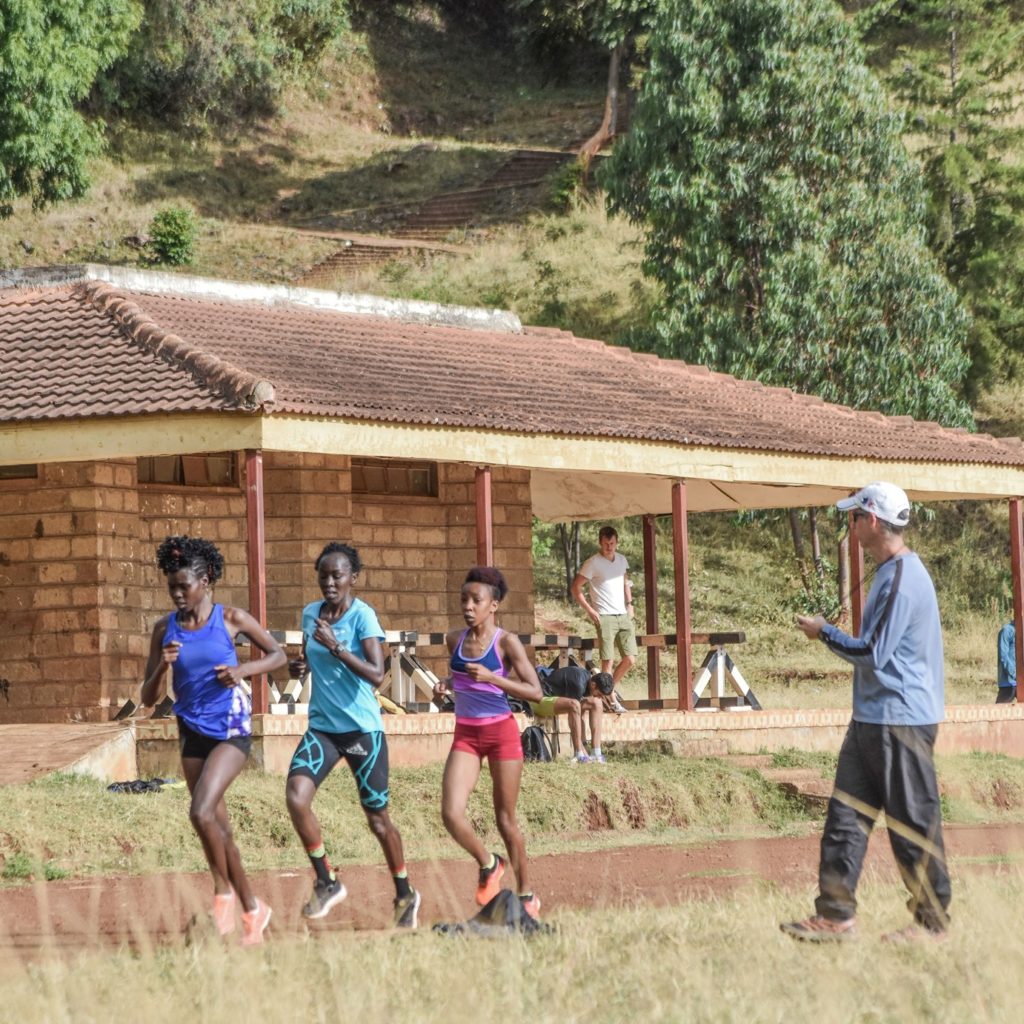Have you heard that 80% of your running should be easy and 20% should be hard? Don’t listen to that.
The often quoted 80/20% intensity distribution is based on descriptive research on elite athletes who train 10-14 times (10-25 hours) per week. Elite runners do a lot of high-intensity training, but they do such a high volume of low-intensity training that it makes the high intensity look small in comparison.
80/20 really is an artefact of the inverse volume-intensity relationship rather than a true reflection of how runners train. The more you run, obviously the greater % will be easy. It can’t come out to be any other way. Try running over 100 miles per week like elite runners do and have the hard come out to be greater than 20%. (By the way, when you’re running 100 miles per week, 20% of 100 equals 20 miles per week of hard running. That’s a lot!)
For elite athletes with a high VO₂max, running easy still generates a large volume of oxygen delivered to muscles (called “oxidative flux”).
If an elite runner runs easy at 70% of his VO₂max of 80, that means he’s running easy at a VO₂ of 56. That’s higher than the VO₂max of a recreational runner! If a recreational runner runs at 70% of his VO₂max of 40, that means he’s running easy at a VO₂ of 28.
Elite runners can achieve a much higher muscle oxidative flux (and thus a greater signal for adaptation) at the same relative intensity as a recreational runner.
What does this mean? It means you should train with a purpose to each workout and not worry about what % is easy and what % is hard. The % easy and hard should change throughout the year anyway as you change the emphases of your training.
The elite runners are not planning their training with a specific percentage in mind, so why should you? I’m living and coaching in Kenya and see if for myself.
For training programs that manipulate the % intensity distribution throughout the year, pick up my latest book, Running Periodization.
